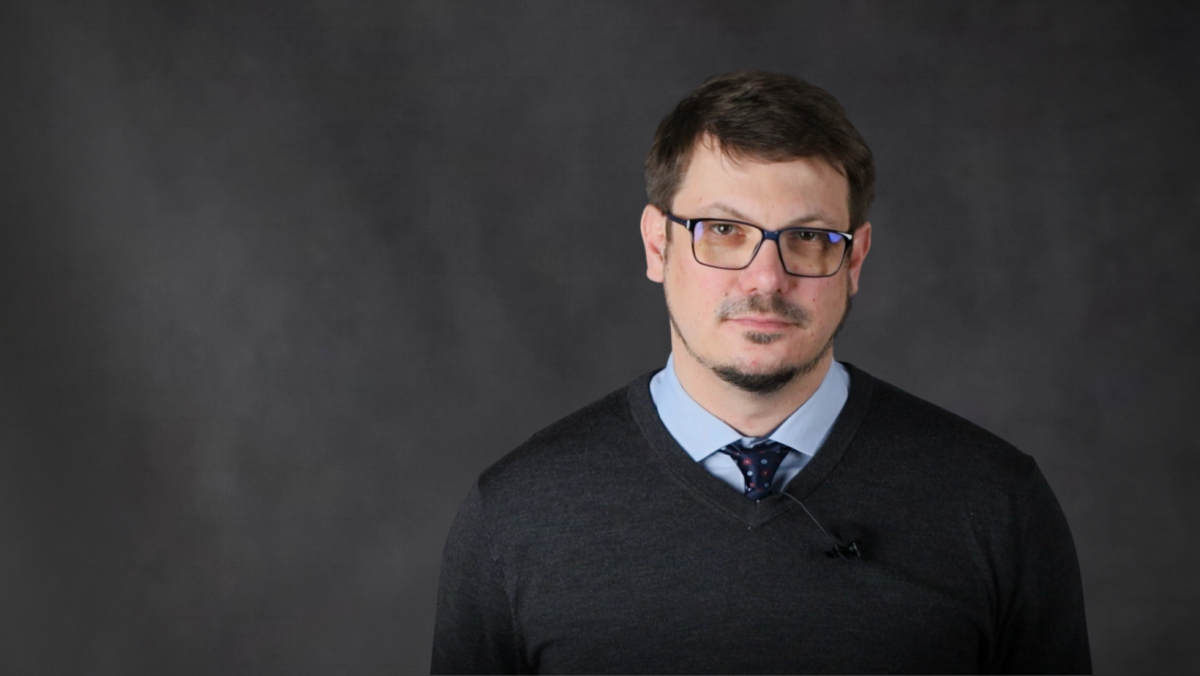Ireland’s New Government Coalition (without the Election Winner)

Why did the coalition negotiations take so long?
The delay resulted from the distribution of seats in the new chamber. The left-wing nationalist Sinn Féin (SF), which won 24.5% of the votes, coming first in the election, was allocated only 37 seats in the 160-seat chamber. Meanwhile, the centre-right parties Fianna Fáil (FF) and Fine Gael (FG), which won 22.2% and 20.9 % of the votes, respectively, were allocated 37 and 35 seats, respectively. The smaller centre-left parties—the Greens, Labour Party, and Social Democrats—won 12, six, and six seats, respectively (7.1%, 4.4%, and 2.9% of the votes, respectively). To form a majority coalition, the two centre-right parties had to join with a centre-left party. The alternative was an unstable minority government or snap elections, the probability of which was weakened by the COVID-19 pandemic. The unexpected extension of the mission of the FG government led by its leader, Leo Varadkar, considerably increased the party’s support at FF’s expense, accompanied by a further increase in SF’s support and the weakening of the Greens.
What influenced the government’s programme?
The programme of the coalition formed by FF, FG, and the Greens focuses on the key challenges facing Ireland. These are, in particular, the strategy for exiting from the post-pandemic economic crisis, a housing crisis, the implementation of EU climate policy, and development of public healthcare and education. Consequently, the new government’s priorities, as described in its “Programme for Government” include increasing energy and emissions efficiency of housing and transportation, renewable energy development, support for small and medium-size enterprises, development of universal public healthcare, social housing and extension of childcare. The implementation of the goals set for the five-year term in office will be hampered by a high budget deficit (projected at €30 billion at the end of this year) and a fall in the level of economic growth to -7.5%.
What is the composition of the new government?
The “extended grand coalition” requires the two leading centre-right parties, FF and FG, which have been competing for decades, to closely cooperate with the centre-left Greens. Since this is an unprecedented situation in Irish politics, it was necessary to create solutions stabilising the coalition for a full parliamentary term. In particular, the positions of the Taoiseach (prime minister) and Tánaiste (deputy prime minister) will be rotated between the FF and FG leaders, starting with Martin and Varadkar, respectively, with a reshuffle scheduled for December 2022. An additional ministerial position is to be created in the Department of An Taoiseach for the leader of the Greens, Eamon Ryan. FF and FG will independently decide on the nomination of six cabinet members each and the Greens three others. The Government Coordination Cabinet Committee is to assist with resolving inter-party disputes.
What will be the role of Sinn Féin in the opposition?
SF has assumed the role of the official opposition, which in Ireland’s constitutional system ensures high exposure in parliamentary debates and in media, excellent access to information, and supports the development of party’s expertise by fulfilling the parliamentary control function. This position seems beneficial for the SF as a party surprised by the scale of its own electoral success (the limited number of candidates they fielded prevented them from filling an additional 11 seats) and with no significant government experience. Although the election proved the attractiveness of the party’s left-wing socio-economic programme, SF’s talks with other parties demonstrated its very limited coalition capacity due to its well-established anti-system image. SF’s current position seems conducive to its efforts for a clear victory in the next election.
How will the new government agreement affect European Union policy?
The foreign policy of the new government will be characterised by continuation, in both programme and personnel (e.g., Simon Coveney will remain Minister for Foreign Affairs and Trade). In the area of EU internal policy, plans to introduce a digital tax are the key challenge. If the solutions at the Union’s external border implemented during the transitional period by the UK do not meet the EU’s requirements, Ireland may be forced to establish temporary controls at its own sea border with the continental EU. The government programme provides for strengthening practical and symbolic cooperation with the Northern Irish authorities (e.g., in respect of the centenary of the island’s division). SF will put strong pressure on the organisation of referendums on both sides of the border, taking advantage of its position as the official opposition in Dublin and a co-governing party in Belfast.


